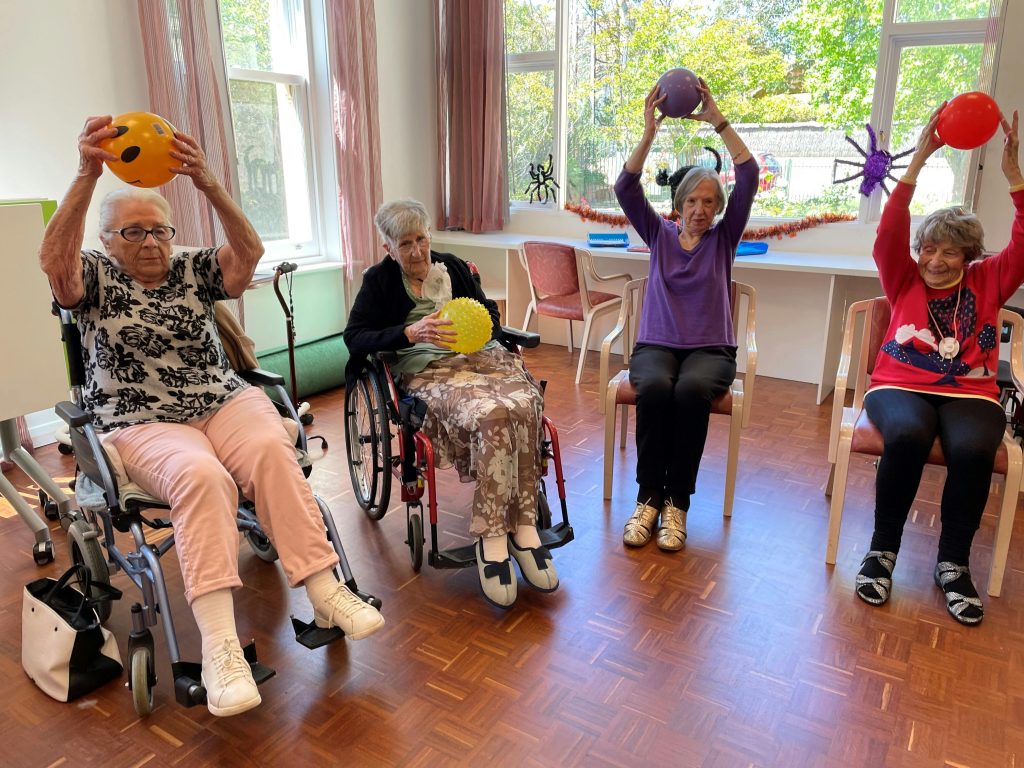Introduction
In the competitive landscape of assisted living marketing, social media has emerged as a powerful tool to engage prospective residents and their families. With strategic planning and a focused approach, social media can be an effective channel to generate quality leads, build brand awareness, and drive occupancy rates. This guide provides a comprehensive framework for using social media to maximize lead generation in the assisted living industry.
The Importance of Social Media in Assisted Living Marketing
Social media offers unparalleled access to potential residents and their families, enabling direct communication and relationship-building. As more seniors and their families turn to digital platforms to research senior living options, having a strong social media presence has become essential. Key benefits include:
- Enhanced Reach: Access a broader audience through targeted ads and organic content.
- Trust Building: Establish credibility and trust by sharing testimonials, resident stories, and community events.
- Improved Engagement: Interact with families and prospects in real-time, answering queries and addressing concerns.
Building a Social Media Strategy for Assisted Living Marketing
A well-structured social media strategy is critical to achieving success. Here’s a breakdown using the MECE (Mutually Exclusive, Collectively Exhaustive) framework:
1. Audience Targeting
Understanding your target audience is fundamental in crafting relevant content. For assisted living, your audience typically includes:
- Prospective Residents: Seniors evaluating long-term care options.
- Family Caregivers: Adult children or relatives responsible for decision-making.
- Healthcare Professionals: Social workers, case managers, and healthcare providers who may refer residents.
Key Strategies for Audience Targeting:
- Use Demographic Data: Utilize insights from platforms like Facebook and Instagram to define audience segments based on age, location, and interests.
- Custom Audiences: Create tailored ad campaigns that retarget users who have visited your website or interacted with previous content.
- Lookalike Audiences: Expand your reach by targeting audiences similar to your existing followers or customer base.
2. Content Creation and Curation
Your content must resonate with the audience, focusing on their needs and pain points. Effective content strategies include:
- Educational Content: Share blog posts, infographics, and videos about aging, caregiving tips, and the benefits of assisted living.
- Storytelling: Highlight resident success stories, testimonials, and daily life within your community to humanize your brand.
- Live Events and Webinars: Host live Q&A sessions, virtual tours, and educational webinars to showcase your expertise and connect with prospects.
- Visual Storytelling: Use high-quality images and videos to bring your community’s atmosphere to life. Platforms like Instagram and TikTok are ideal for visual content.
3. Engagement and Community Building
Building an engaged online community enhances your brand’s credibility and increases conversions. Focus on:
- Regular Posting Schedule: Maintain consistency with a content calendar to ensure your audience stays engaged.
- Interactive Content: Use polls, quizzes, and contests to encourage interaction and foster community engagement.
- Responding to Comments and Messages: Prompt responses to inquiries show that you’re attentive and approachable, which builds trust.
- Private Groups: Create Facebook Groups for families considering assisted living, offering a safe space to ask questions and connect with others in similar situations.
4. Social Media Advertising
Paid social media ads are essential for expanding your reach and targeting specific audience segments. Key tactics include:
- Targeted Ad Campaigns: Use Facebook Ads Manager to target ads based on demographics, interests, and behaviors specific to the senior care industry.
- Content Promotions: Boost high-performing organic posts to reach a broader audience.
- Lead Generation Forms: Use lead gen ads with built-in forms on platforms like Facebook and LinkedIn to collect contact information directly from potential leads.
- Video Ads: Leverage the power of video content, such as virtual tours or testimonials, to increase engagement and click-through rates.
5. Tracking and Analytics
Measuring performance is crucial for optimizing your strategy. Focus on these metrics:
- Engagement Rate: Track likes, comments, shares, and clicks to gauge content relevance.
- Lead Conversion Rate: Measure how many leads generated through social media convert into tours, consultations, or residents.
- Cost Per Lead (CPL): Calculate how much you’re spending on acquiring each lead to ensure your campaigns are cost-effective.
- Ad Performance: Monitor click-through rates (CTR) and return on ad spend (ROAS) to refine your targeting and budget allocations.
6. Compliance and Ethical Considerations
In the healthcare industry, it’s critical to maintain compliance with regulatory guidelines and ethical standards. Ensure your social media strategy adheres to:
- HIPAA Compliance: Avoid sharing personal health information or any content that could violate patient privacy.
- Advertising Regulations: Follow all applicable rules for marketing senior care services, including clear disclaimers and truthful messaging.
- Ethical Storytelling: Always obtain permission before sharing resident stories or images and ensure that the content is respectful and dignified.
Best Practices for Social Media in Assisted Living Marketing
To maximize your efforts, keep the following best practices in mind:
- Optimize Your Profiles: Ensure all social media profiles are fully completed, with clear calls to action, contact information, and optimized bios.
- Consistency is Key: Regularly publish content and maintain consistent branding across all platforms.
- Leverage User-Generated Content (UGC): Encourage residents, families, and staff to share their experiences and tag your community.
- Stay Updated with Trends: Social media trends evolve quickly. Stay agile and adapt your strategies to capitalize on new features like Instagram Reels or TikTok challenges.
Conclusion
Leveraging social media for assisted living marketing is a strategic approach to reach and engage with potential residents and their families. By implementing targeted campaigns, creating relevant content, and consistently engaging with your audience, you can drive qualified leads and improve your community’s occupancy rates. Use this guide as a roadmap to develop a robust social media strategy that aligns with your marketing goals and delivers measurable results.



